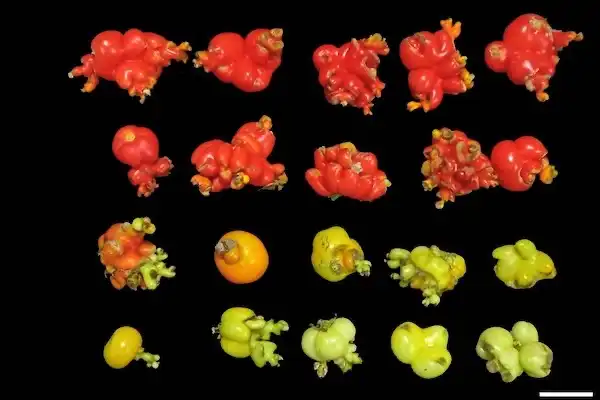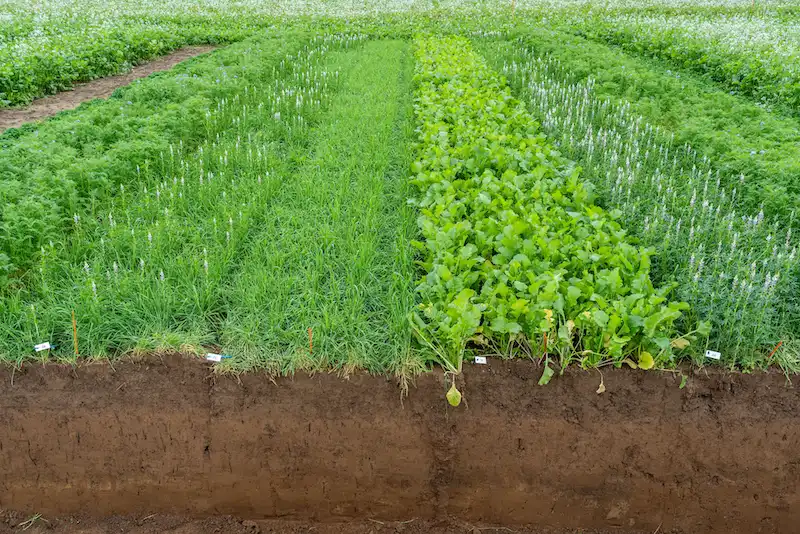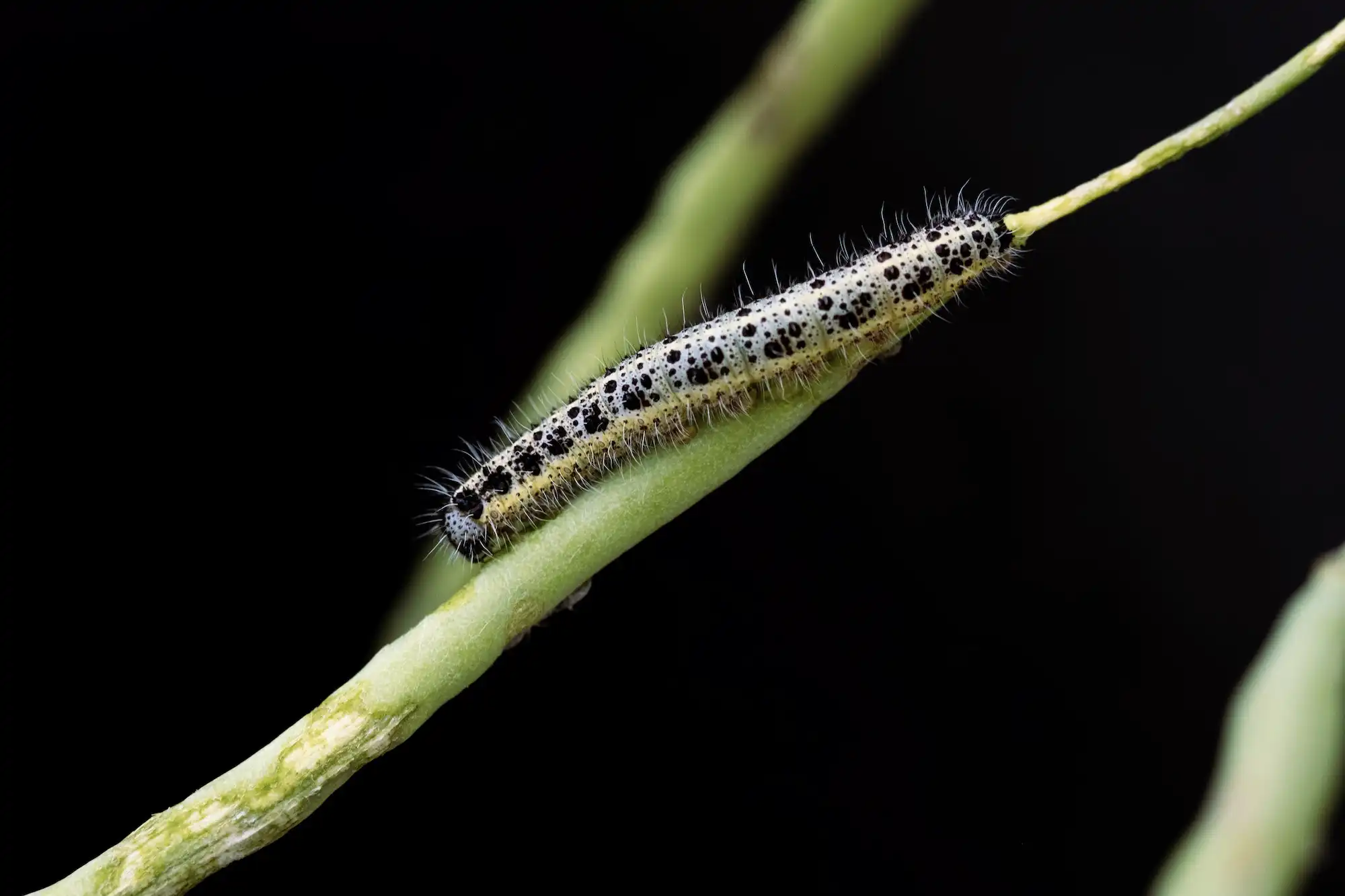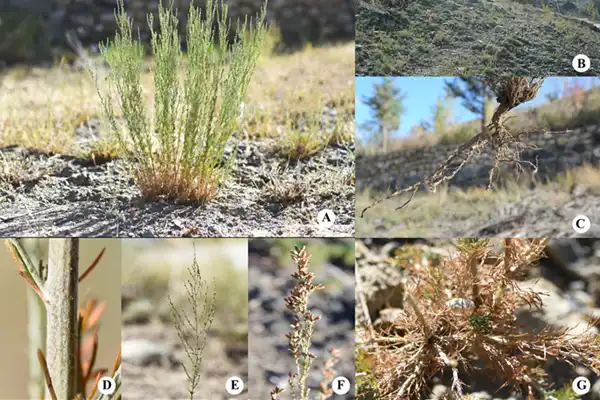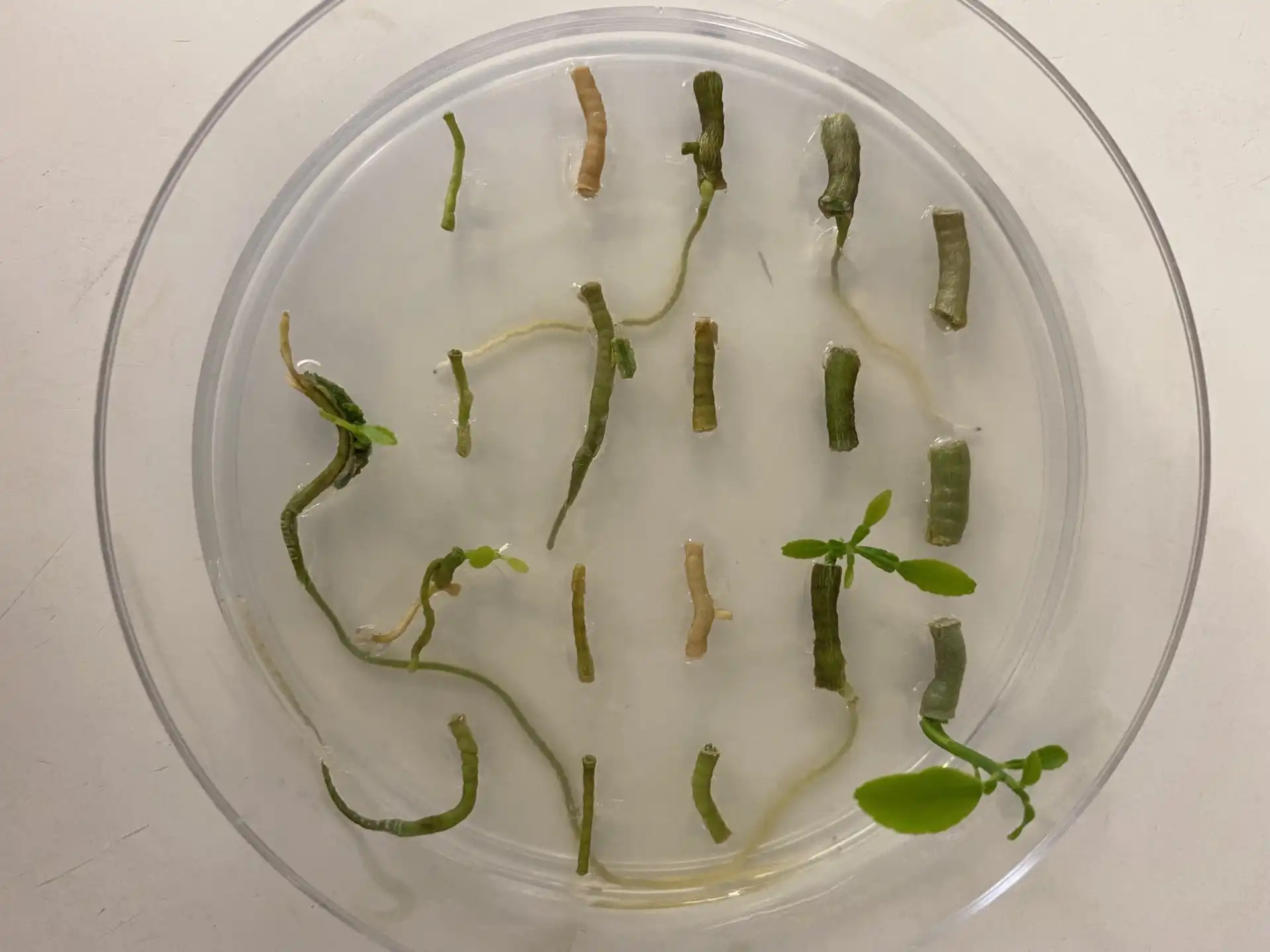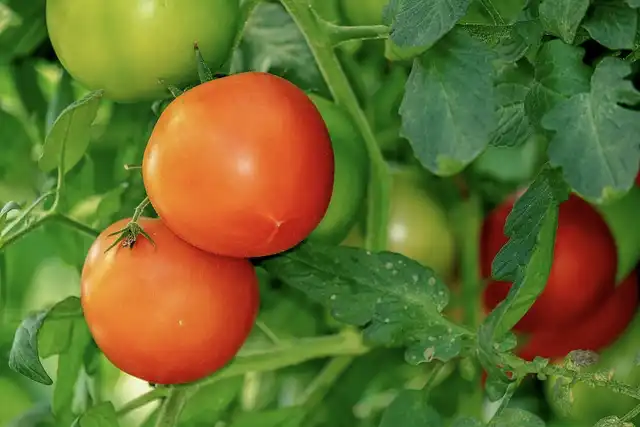
Scientists have developed drought and salt-resistant tomato plants by discovering a new stress-response mechanism. By engineering these plants to produce a synthetic molecule that activates this mechanism, they enhance the plants' resilience. This breakthrough could ensure stable tomato production despite…
Read More



